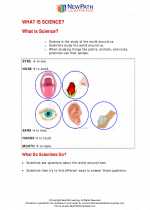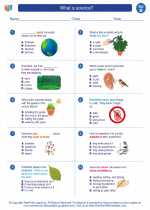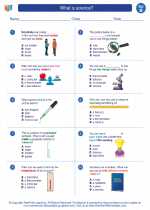Renewable Energy
Renewable energy refers to energy sources that are naturally replenished and can be used indefinitely. These sources include sunlight, wind, rain, tides, waves, and geothermal heat. Here's a study guide to help you understand the concept of renewable energy.
Solar Energy
Solar energy is the conversion of sunlight into electricity using photovoltaic cells. These cells are made of materials that release electrons when they are struck by sunlight, creating an electric current. Solar panels are commonly used to harness solar energy for residential and commercial purposes.
Wind Energy
Wind energy is generated by harnessing the power of the wind to turn turbines, which then convert the kinetic energy into electricity. Wind farms are set up in locations with strong and consistent wind patterns to maximize energy production.
Hydropower
Hydropower involves the use of flowing water, such as rivers and streams, to generate electricity. This is typically done by constructing dams and reservoirs to control the flow of water and drive turbines connected to generators.
Geothermal Energy
Geothermal energy is derived from the heat produced within the Earth. This heat is harnessed by drilling wells to access hot water and steam, which can be used to generate electricity or for direct heating purposes.
Biomass Energy
Biomass energy is derived from organic materials such as wood, agricultural residues, and waste. These materials can be burned to produce heat or converted into biofuels for use in vehicles and heating systems.
Benefits of Renewable Energy
- Reduction of greenhouse gas emissions
- Decreased reliance on fossil fuels
- Creation of jobs in the renewable energy sector
- Potential for energy independence
- Minimal impact on the environment
Challenges of Renewable Energy
- Intermittency of some renewable sources
- Initial high costs of infrastructure and technology
- Dependence on geographical and climatic factors
- Integration with existing energy systems
- Public acceptance and policy support
Understanding the concept of renewable energy and its various sources is crucial for addressing the global energy challenges and transitioning towards a sustainable future.
[Renewable Energy] Related Worksheets and Study Guides:
.◂Science Worksheets and Study Guides Second Grade. What is science?

 Worksheet/Answer key
Worksheet/Answer key
 Worksheet/Answer key
Worksheet/Answer key
 Worksheet/Answer key
Worksheet/Answer key
 Vocabulary/Answer key
Vocabulary/Answer key
